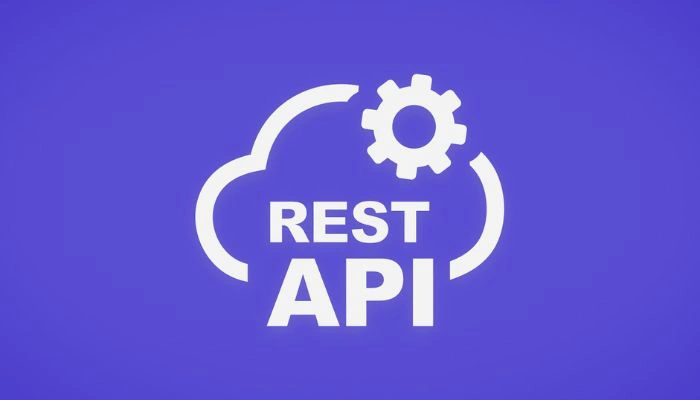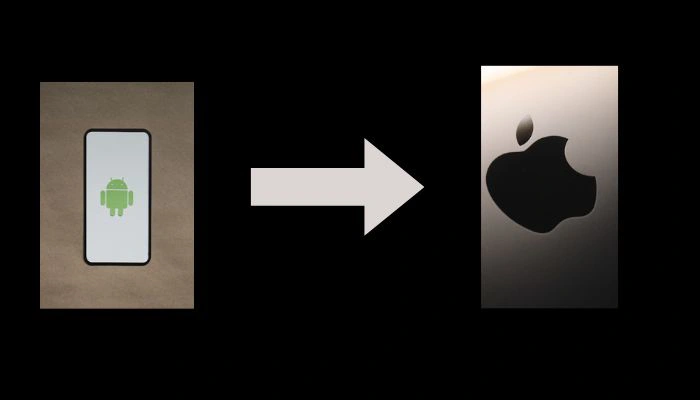Manage Expectations Consulting Engagement for Application Development
As a consultant in application development, managing expectations is a crucial part of any consulting engagement. Clients come to us with a variety of needs and goals, and it is our job to ensure that we understand and define the scope of the project clearly. Failure to do so can lead to misunderstandings, missed deadlines, and unsatisfied clients.

To manage expectations effectively, we must plan and communicate with our clients regularly. This includes setting clear objectives, defining deliverables, and establishing a timeline. It is also important to build trust with our clients by being transparent about our progress and any challenges we encounter. By doing so, we can avoid surprises and ensure that our clients are satisfied with the final product.
Key Takeaways:
- Understanding and defining the scope of a consulting engagement is crucial for managing expectations in application development.
- Planning and communication are key components of managing expectations and building trust with clients.
- Transparency and regular updates can help avoid surprises and ensure client satisfaction.
Understanding and Defining the Scope

As a consultant, it is crucial to understand and define the scope of the consulting engagement for application development. This helps in managing client expectations, avoiding scope creep, and ensuring the success of the project. In this section, I will discuss the key steps involved in understanding and defining the scope.
Identifying the Project Charter
The first step in understanding and defining the scope is to identify the project charter. The project charter is a document that outlines the purpose, goals, and objectives of the project. It also defines the roles and responsibilities of the stakeholders involved in the project. By identifying the project charter, I can ensure that the scope of the consulting engagement aligns with the goals and objectives of the project.
Defining Specific and Measurable Goals
Once the project charter has been identified, the next step is to define specific and measurable goals for the consulting engagement. Specific and measurable goals help in setting clear expectations and ensuring that the project stays on track. For example, a specific and measurable goal could be to improve the performance of the application by reducing its load time by 50%. By defining specific and measurable goals, I can ensure that the client's expectations are aligned with the scope of the consulting engagement.
Managing Scope Creep
Scope creep is a common problem in consulting engagements for application development. It occurs when the project scope expands beyond the original objectives, resulting in increased costs and delays. To manage scope creep, I will establish a change management process that outlines how changes to the project scope will be managed. This process will include a review of the impact of the change on the project timeline, budget, and resources. By managing scope creep, I can ensure that the project stays on track and within budget.
In conclusion, understanding and defining the scope of the consulting engagement is crucial for the success of the project. By identifying the project charter, defining specific and measurable goals, and managing scope creep, I can ensure that the project stays on track and meets the client's expectations.
Planning and Communication

As a consultant, I understand that planning and communication are crucial to managing expectations during a consulting engagement for application development. In this section, I will discuss how to develop a project plan and establish a communication plan to ensure that the project stays on track and all stakeholders are informed.
Developing the Project Plan
The project plan is a critical component of managing expectations during a consulting engagement. It outlines the timeline, tasks, and deliverables required to complete the project successfully. As the consultant, I will work with the client to develop a project plan that is realistic and achievable.
To develop the project plan, I will:
- Identify the project scope and objectives
- Break down the project into manageable tasks
- Estimate the time and resources required for each task
- Develop a timeline for the project
- Identify any potential risks or roadblocks and develop contingency plans
By developing a comprehensive project plan, I can set clear expectations for the client and ensure that the project stays on track.
Establishing a Communication Plan
Effective communication is essential to managing expectations during a consulting engagement. As the consultant, I will establish a communication plan to ensure that all stakeholders are informed about the project's progress and any changes that may occur.
To establish a communication plan, I will:
- Identify the stakeholders and their communication preferences
- Determine the frequency and format of communication
- Develop a process for handling questions and concerns
- Establish a protocol for reporting progress and changes
By establishing a communication plan, I can ensure that all stakeholders are informed about the project's progress and any changes that may occur. This will help to manage expectations and prevent misunderstandings.
In conclusion, developing a project plan and establishing a communication plan are critical components of managing expectations during a consulting engagement for application development. By following these steps, I can set clear expectations for the client, ensure that the project stays on track, and prevent misunderstandings.
Managing Expectations and Building Trust

As a consultant for application development, managing client expectations is crucial to building trust and ensuring a successful engagement. Here are some key strategies I use to manage expectations and build trust with my clients.
Setting Client Expectations
The first step in managing client expectations is setting clear objectives and goals for the project. This should be done in collaboration with the client to ensure that their expectations are aligned with the project's scope and timeline. It is also important to establish realistic expectations for deliverables and milestones, and to communicate any potential challenges or roadblocks that may arise during the project.
Maintaining Transparency and Commitment
Transparency and commitment are essential to building trust with clients. Throughout the engagement, I maintain open lines of communication with my clients and provide regular updates on project progress. This includes sharing any relevant information or data that may impact the project timeline or budget. I also make sure to follow through on commitments and deliverables, and to proactively address any issues or concerns that arise.
Handling Approvals and Limitations
Approvals and limitations are an important part of managing client expectations for application development projects. To ensure that clients are satisfied with the final product, I involve them in the approval process for key deliverables, such as wireframes and prototypes. This helps to ensure that the final product meets their expectations and requirements. Additionally, it is important to establish clear limitations for the project, such as budget and timeline constraints, and to communicate these limitations to the client early on in the engagement.
By following these strategies for managing client expectations and building trust, I have been able to successfully deliver high-quality application development projects that meet or exceed my clients' expectations.
Monitoring Progress and Implementing Changes

As a consultant for application development, monitoring progress and implementing changes are crucial to ensure that the project is on track and meets the client's expectations. In this section, I will discuss the importance of tracking milestones and deliverables, adapting to changes, and reporting progress.
Tracking Milestones and Deliverables
Tracking milestones and deliverables is essential to ensure that the project is progressing as planned. I always start by breaking down the project into smaller tasks and setting realistic deadlines for each task. This helps me track progress and identify any potential delays early on.
To track milestones and deliverables, I use a project management tool that allows me to create a project timeline, assign tasks to team members, and track progress. I also use a dashboard that provides a visual representation of the project's status, including the percentage of tasks completed, upcoming deadlines, and potential risks.
Adapting to Changes
In any project, changes are inevitable. As a consultant, I need to be flexible and adapt to changes quickly to ensure that the project stays on track. I always communicate with the client regularly to understand their needs and expectations, and I am always ready to make necessary adjustments.
To adapt to changes, I use a change management process that involves identifying the change, assessing its impact, and implementing the change. I also ensure that all team members are aware of the change and understand their roles and responsibilities.
Reporting Progress
Reporting progress is crucial to keep the client informed and ensure that they are satisfied with the project's progress. I always provide regular progress reports that include information on completed tasks, upcoming deadlines, and potential risks.
To report progress, I use a reporting tool that allows me to create customized reports based on the client's needs and preferences. I also schedule regular meetings with the client to discuss progress and address any concerns they may have.
In conclusion, monitoring progress and implementing changes are critical to the success of any consulting engagement for application development. By tracking milestones and deliverables, adapting to changes, and reporting progress, I can ensure that the project stays on track and meets the client's expectations.
Frequently Asked Questions

What are the key factors to consider when managing expectations for an application development consulting engagement?
When managing expectations for an application development consulting engagement, it is important to consider several key factors. These factors include understanding the client's goals and objectives, setting realistic timelines and budgets, clearly defining roles and responsibilities, and establishing clear communication channels.
What are some common challenges that arise during a consulting engagement for application development?
Some common challenges that arise during a consulting engagement for application development include scope creep, misaligned expectations, poor communication, and technical issues. It is important to be proactive in addressing these challenges and to have a plan in place to mitigate them.
How can you effectively communicate progress and updates to stakeholders during a consulting engagement for application development?
To effectively communicate progress and updates to stakeholders during a consulting engagement for application development, it is important to establish regular communication channels and set clear expectations for updates. Regular status reports, weekly meetings, and project dashboards can all be effective ways to keep stakeholders informed and engaged.
What are some best practices for ensuring client satisfaction during a consulting engagement for application development?
Some best practices for ensuring client satisfaction during a consulting engagement for application development include setting clear expectations, providing regular updates and progress reports, actively listening to feedback, and being responsive to client needs and concerns. It is also important to establish a strong working relationship with the client and to build trust and rapport.
What are some strategies for managing timelines and deadlines during a consulting engagement for application development?
To effectively manage timelines and deadlines during a consulting engagement for application development, it is important to set realistic expectations, break down the project into manageable tasks, establish clear milestones, and monitor progress regularly. It is also important to be proactive in addressing any delays or issues that arise and to communicate any changes to the timeline or deadlines to stakeholders as soon as possible.
How can you ensure that the final deliverables meet the client's expectations in a consulting engagement for application development?
To ensure that the final deliverables meet the client's expectations in a consulting engagement for application development, it is important to establish clear requirements and specifications, provide regular updates and progress reports, actively listen to feedback, and perform thorough testing and quality assurance. It is also important to involve the client in the testing and acceptance process to ensure that the final product meets their needs and requirements.









